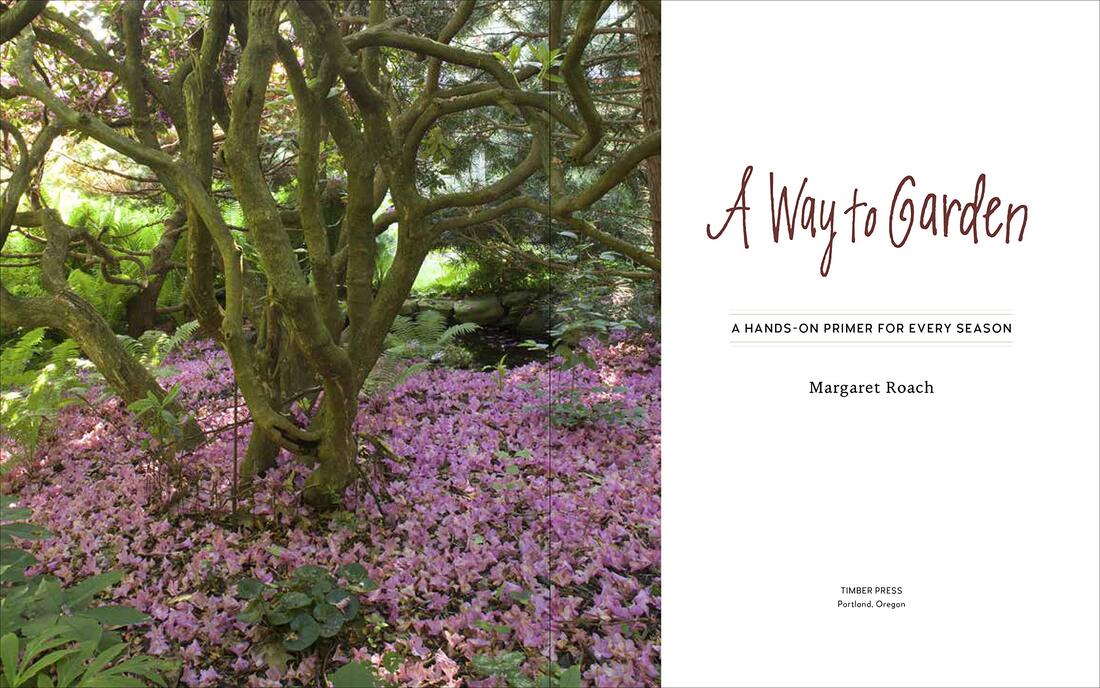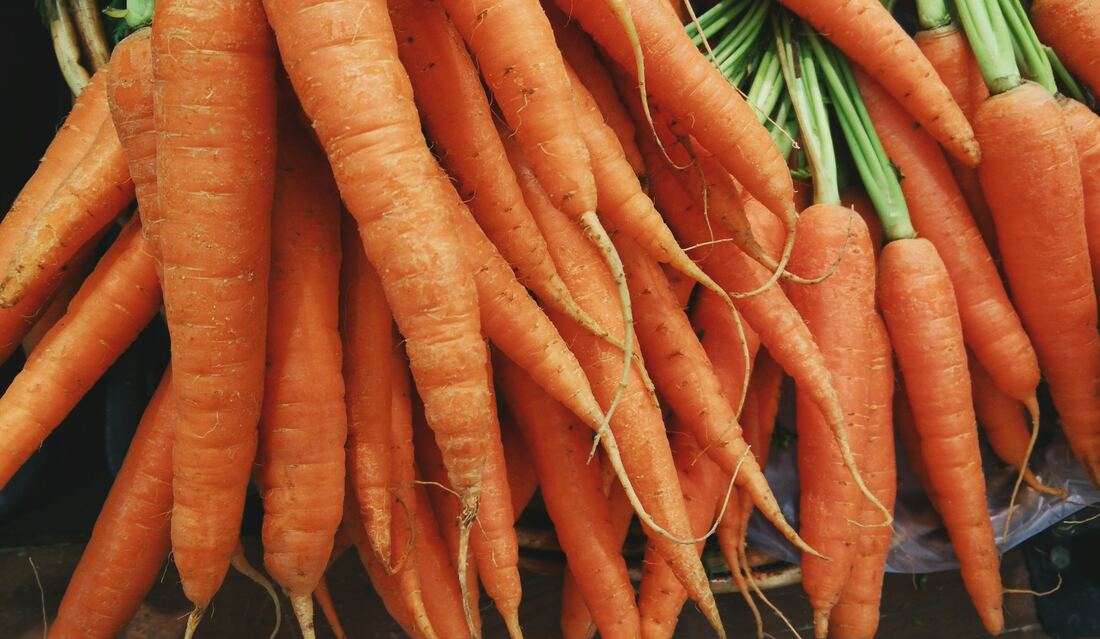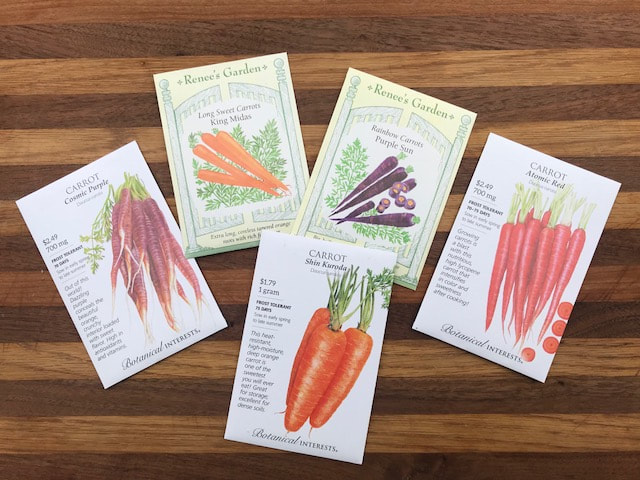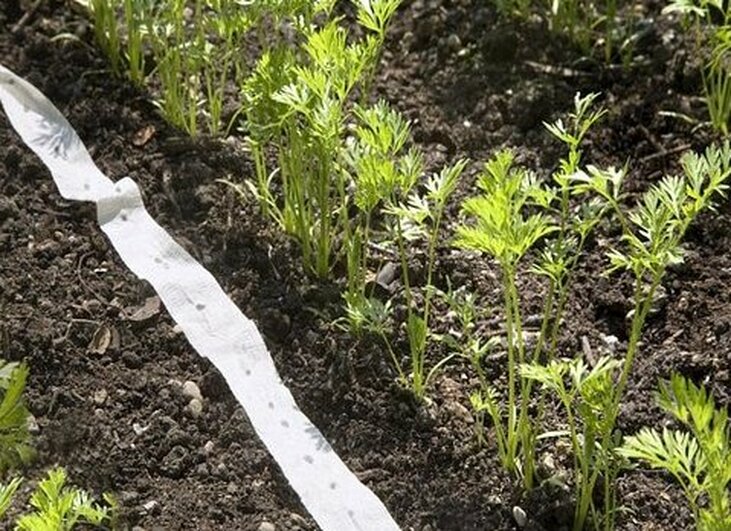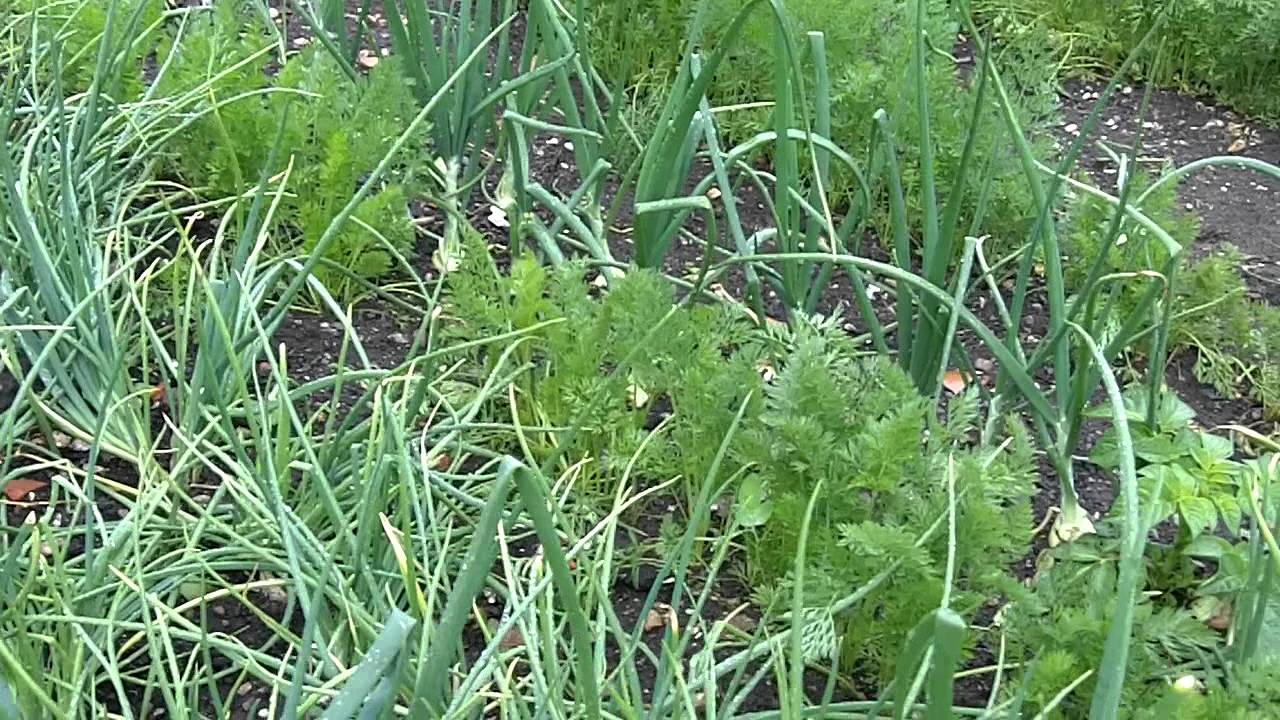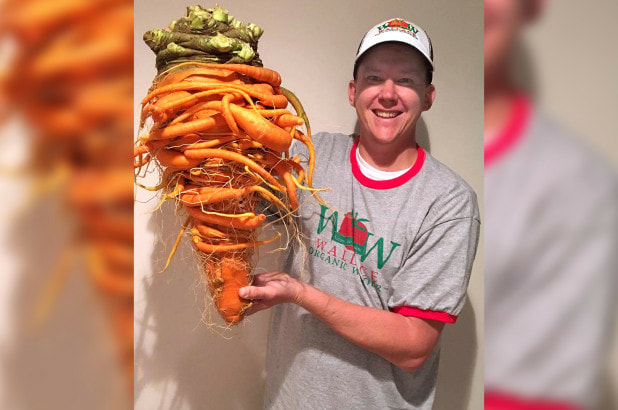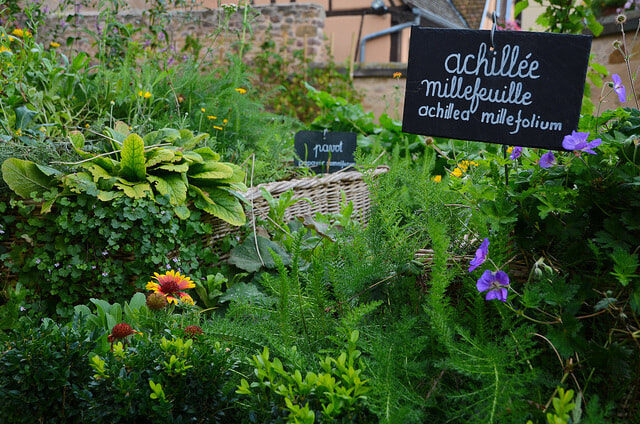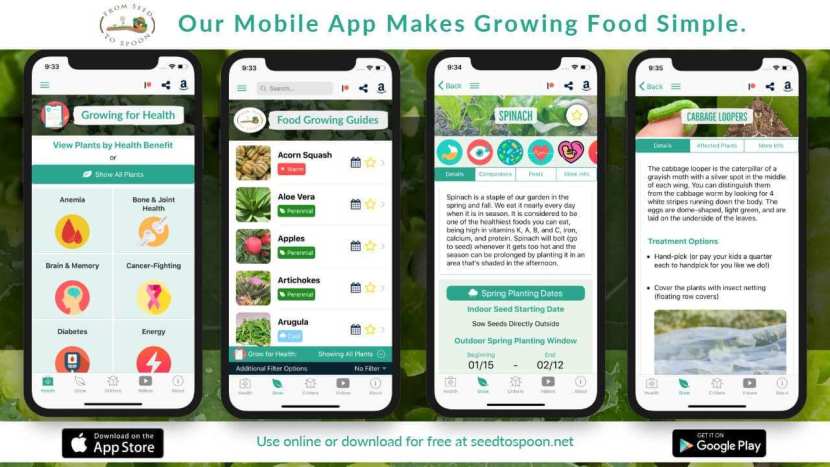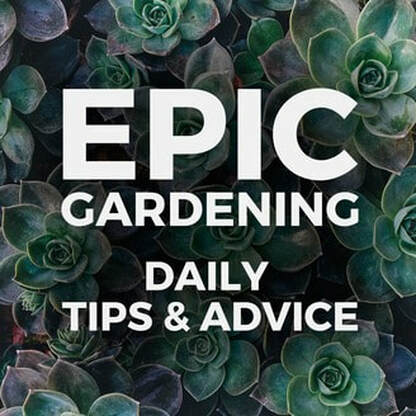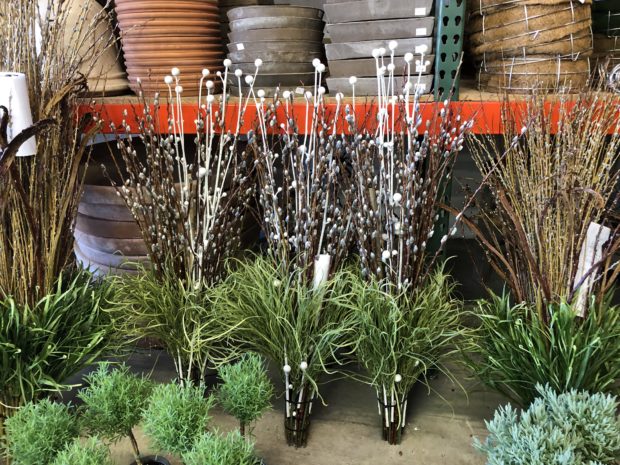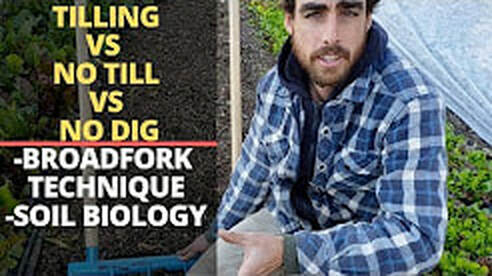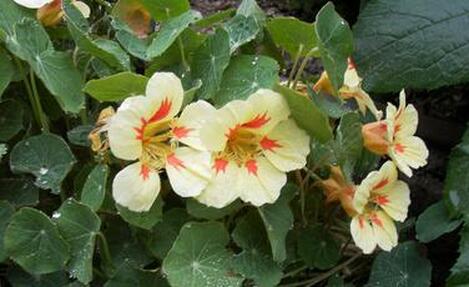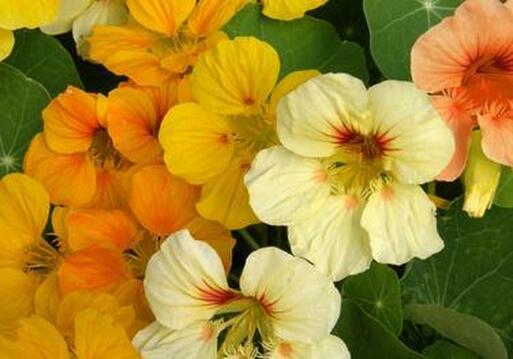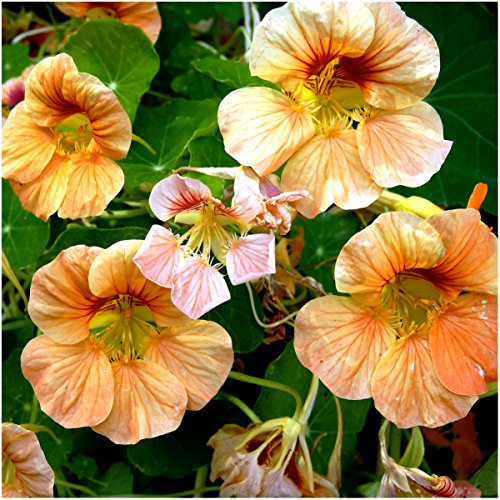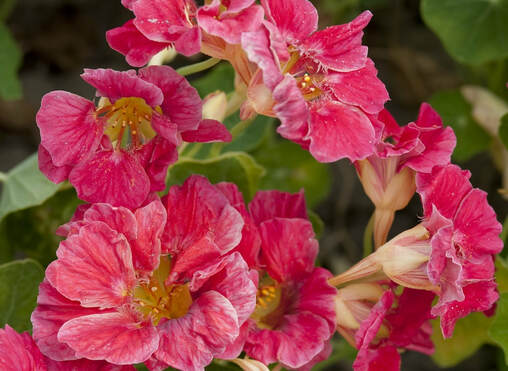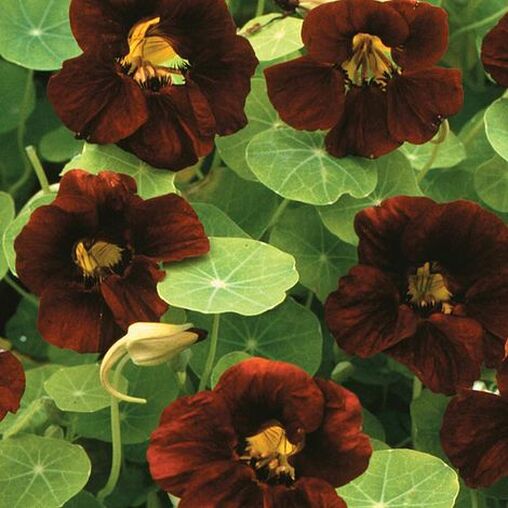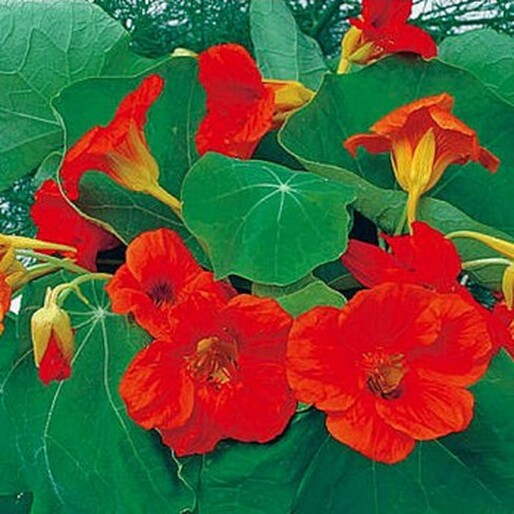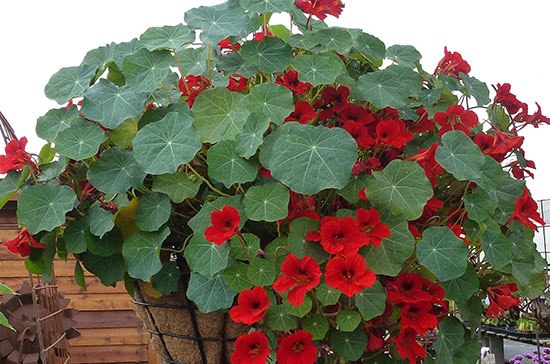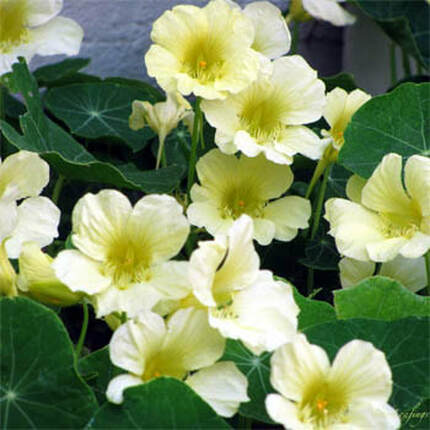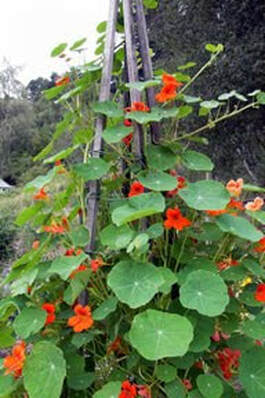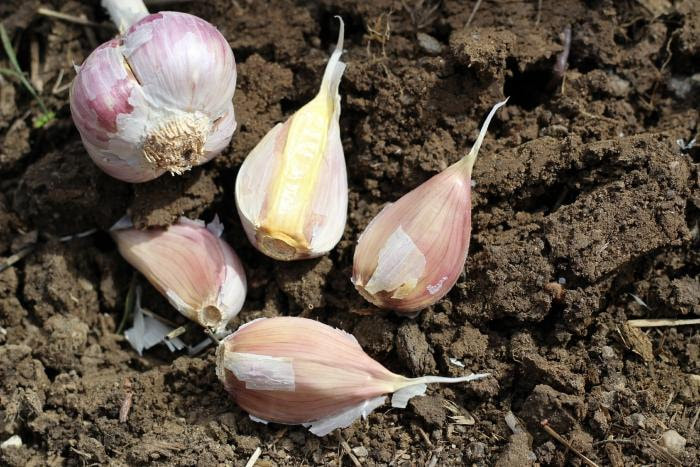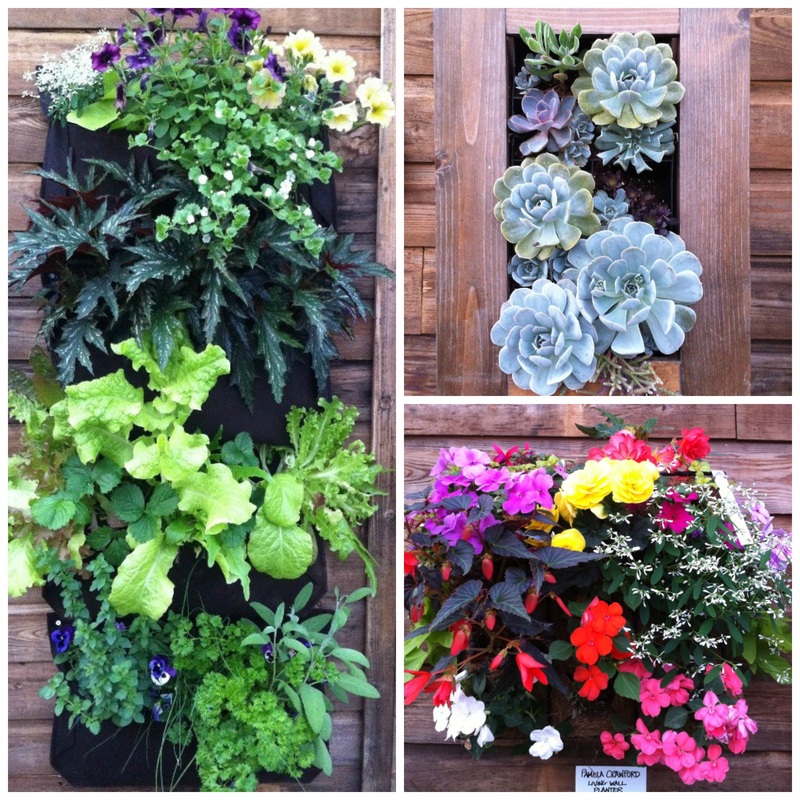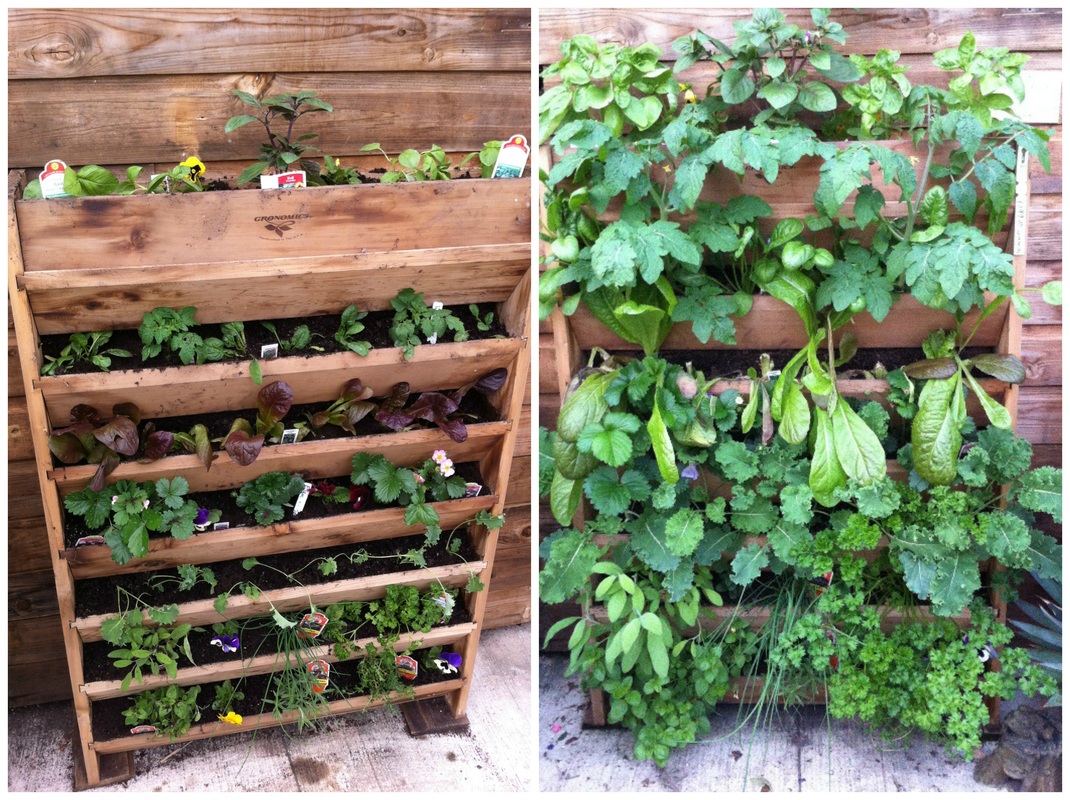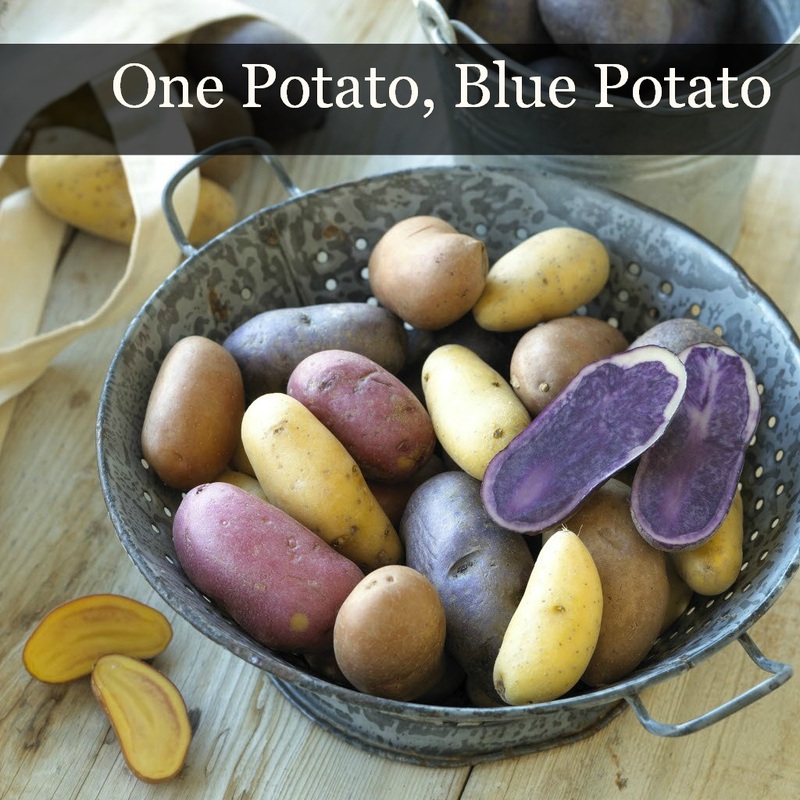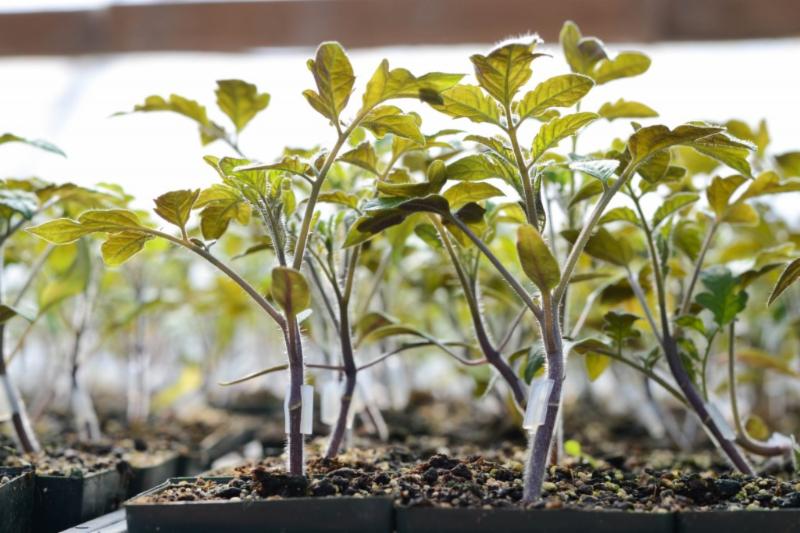|
2/24/2020 0 Comments Book Review: A Way to Garden Conception. Birth. Youth. Adulthood. Senescence. Death & Afterlife. These stages of life that we experience are used in Margaret Roach's book to describe a plant's life cycle through the year. That in itself tells the reader this is a very special book. First published in 1998, this updated edition contains new information. Following are examples of her breadth of garden wisdom. CONCEPTION: In this first chapter of A Way to Garden, Margaret tackles two topics that can be intimidating to the gardener: scientific names and pruning. Her tips on keeping deer away will empower you to finally take the necessary action to keep deer out of your yard. One of my favorite design tips she shares is to think early, middle, late when placing online orders. For example, if you are buying a lilac, do your homework and order three varieties with overlapping bloom times to extend that captivating season of fragrance. BIRTH: The earth begins to awaken in March and April, and it starts indoors with seeds. An extensive seed-starting schedule and tips will answer questions that you may have. And it is here that we learn of Margaret's obsession with gold foliage and the red spring-flowering Pulmonaria rubra. She takes the mystery out of pruning Hydrangea and Clematis, and suggests alternatives to Forsythia. I whole-heartedly agree with her encouragement to learn to ID weeds. 'I do not think we have a prayer of subduing or at least outsmarting an opponent we are barely acquainted with.' One of her go-to websites is the University of California weed ID. You can find it here. YOUTH: The world is in it's youthful stage in May and June when all is fresh, new, and in bloom. Margaret writes of transplanting, self-sowers, and growing tomatoes and potatoes. These are the salad days where there just isn't enough space or time to grow all the wonderful varieties available. Her suggestion is to choose a few and set up a seed trial. Grown side by side, you can observe which ones do best in the conditions in your garden and which appeal most to your taste buds. One to look for: 'Merlot' leaf lettuce. Margaret reminds us that we aren't the only ones interested in what's growing in our gardens - rabbits, deer, and woodchucks often get their fill at our expense. How to tell what's been munching? Look for these clues: deer leave jagged edges, rabbits cut at a clean 45 degree angle. In this chapter, Margaret encourages us to underplant trees with living groundcovers designed in what she calls 'garden mosaics'. Watch the video below to hear her describe this refreshing concept. The year continues through 'A Way to Garden' book in adult, senescence, death and afterlife stages. Each page offers observations, tips, and techniques gathered from years of experience bound together in this garden treasury. 'I garden because I cannot help myself'.
- Margaret Roach If you can relate to that, this book is for you. * - Tracy Hankwitz is a horticulturist, and General Manager of Burlington Garden Center
0 Comments
4/17/2019 2 Comments Growing CarrotsGrowing carrots has it's challenges - especially with our clay soil. But knowing a few tips will help you grow them successfully. First thing to know is that they have a long germination period ranging from 10 to 20 days. It's best to sow the seed directly in the ground, and keeping the seed bed consistently moist is key for good germination. Covering them with burlap or a 1x4 board will help keep the soil moist (check daily and remove after two weeks or once the seedlings have emerged). Overseeding will help ensure a good crop (up to 10 seeds per inch), and thinning is a must (2 -4 inches apart) to allow each plant enough room to size up. Watch this video from Renee's Garden Seeds for helpful thinning tips: SOIL BED PREP This root crop will do best when planted in full sun (6-8 hours) and in soil that is well-drained. Sandy soil is ideal, but amending any soil type with compost and cultivated to a depth of 12 inches, should keep them happy. VARIETIES TO GROW Nantes and Danvers are probably the most well-known and both are heirlooms. Nantes are good for cooking and fresh eating, but the skin is thin so they do not store well. The flavor is sweet and can mature to 7" long, but they can be pulled early and eaten as baby carrots. Danvers is probably the most reliable in the garden. They grow to about 8", are good for cooking, not as sweet for fresh eating, but they store well. Just for fun, venture away from orange carrots and grow purple or red varieties. 'Purple Sun', 'Atomic Red', 'Cosmic Purple' are a few on our seed racks this year. New orange varieties in seed packets include 'Shin Kuroda (a short one)', and 'King Midas (long and sweet). If your soil is less than ideal and you've had trouble in the past getting carrots to develop, choose a short, round variety like 'Romeo'' or 'Shin Kuroda'. OTHER GROWING TIPS: * Mix seed half and half with sand and scatter randomly across the bed. * If this is your first time planting carrots, use seed tape. It has the tiny seeds evenly spaced on a biodegradable paper 'tape' and requires minimal thinning. * Sow carrot seeds beginning mid April, and continue to plant every 3 weeks through mid summer. COMPANION PLANTING *Carrots grow well with salad greens and other root crops like radishes. *Onions and chives make good companions in the garden repel the carrot rust fly. *Marigolds, nasturtiums, chamomile and calendula planted nearby will attract beneficial insects. * Avoid planting carrots and dill together. Even though they taste good together in the kitchen, dill does no favors to the carrot in the garden. *Another foe to the carrot is the tomato. In fact, if your carrots have been stunted in the past, it could be from being planted too close to tomatoes which excrete a chemical in the soil that carrots don't like. GROWING GIANT CARROTS For most gardeners, growing carrots is rewarding enough when the harvest is ready and we taste their homegrown sweetness. But for a few, the goal is to grow the longest or the heaviest carrot. Currently, the heaviest carrot was grown by Chris Qualley in Minnesota and weighed in at 22 lbs! It's pretty interesting to learn how these giant vegetables are grown. Click on this link - you may learn a few more tips on growing better carrots, or you may be inspired to grow your own giant veg. This spring we're focusing on being rooted in wellness. It's been energizing to discover the connection between gardening and wellness. Last Saturday, March 30, we delved into the seven areas of wellness and discussed how gardening fulfills each of those seven aspects of being healthy in mind and body: -physical, emotional, social, intellectual, spiritual, environmental, and occupational. For those of you who were at that presentation, we asked you to fill in this blank: 'I garden, therefore I am more ______. As recent studies have shown, most of us do not garden to save money, but rather for it's emotional benefits. What a pleasure to hear your answers:'I garden, therefore I am more . . . 'at peace', 'centered', 'fulfilled', 'rooted'. Yes! This is why we garden! Yes, gardening can help fight depression. Yes, getting your hands in the soil can boost not only your mood, but also your immune system. And yes, gardening keeps us mindful and present in the moment. Last Saturday, we also shared a few of our favorite feeds, apps, and blogs that inspire us. We share them again here with the hopes to inspire you to get excited about gardening - whether you're growing your own food, planting a container of herbs or flowers, or decorating your home with houseplants and succulents. For those of you who grow your own food, particularly growing for the health of it, this app FROM SEED TO SPOON,is such a must. It helps you discover which vegetables, fruits, and herbs are good for whatever health problem you are dealing with: anemia, bone & joint health, brain & memory, cancer-fighting, energy, GI health, heart health, inflammation & pain, thyroid, and more. Not only does it list plants to grow for each area listed above, but it tells you how to grow them. Learn more about this app here. A Way to Garden with Margaret Roach is an award-winning website, blog, and podcast. We've been following her for years and every week learn something new. Lately Margaret has been interviewing specialists in each horticulture field which is always interesting to get advice from those who grow for a living! You'll find a wealth of information on her website here. * Epic Gardening is a newer find for me and I am enjoying Kevin Espiritu's daily podcasts. A young California gardener, his focus is urban farming, hydroponics, aquaponics, houseplants, and battling garden pests and diseases naturally. Knowledgeable and enthusiastic about gardening. you'll find Epic Gardening here as well as on YouTube, Instagram, podcasts, and Facebook. * One of the most inspiring blogs on container gardening is written by Deborah Silver, owner of Detroit Garden Works. On her blog, Dirt Simple, she shares an honest and open look at how they construct their seasonal container plantings they create for upscale homeowners in the surrounding Detroit area. Discover her unique style here on her website. * And finally, a new one I came across this morning. Nature's Always Right is the blog/podcast of another young urban farmer in San Diego, California who has a ton of how-to videos on YouTube. I'm just fascinated with these young people who are growing for markets and finding ways to do it naturally. It's refreshing and exciting. Hope you'll take the time to look him up as well as a few of the others.
Until next time, join us on Instagram @btowngardens and on Facebook. Keep growing! Tracy Hankwitz Burlington Garden Center General Manager & Horticulturist 3/26/2019 4 Comments A Rainbow of NasturtiumsNasturtiums have a lot of good things going for them: easy to grow, undemanding, rabbit and deer tolerant, attract hummingbirds, come in a rainbow of colors, and they are edible. They can be categorized as either mounding Nasturtiums or climbing Nasturtiums. Most fall into the mounding category, growing 10-12" tall and similar spread, although some varieties can spread 2-3 feet. Ranging from the creamy flowers of 'Vanilla Berry' to the rich ruby of 'Black Velvet', how can you only choose one to grow? We certainly couldn't. That's why we have over a dozen varieties on our seed rack this spring. Here are a few of them: * Two heirloom Nasturtiums of note that are on our seed racks this year: 'Scarlet Gleam' has a semi-trailing habit making its brilliant red flowers perfect for hanging baskets and containers. 'Empress of India' is one of the oldest Nasturtiums known to exist. This prolific heirloom produces deep crimson flowers and has blue-green foliage. Finally, the climbers. Imagine these lovely, edible flowers clamoring up a trellis or spilling over a wall. 'Moonlight' bears soft yellow blossoms on twining vines and lily pad-shaped leaves. Another climber is 'Spitfire' with scarlet-red flowers that are a beacon for hungry hummingbirds. Both varieties grow 4-6 feet tall and can be trained to climb up short trellises. Use loose ties to get them started. GROWING TIPS: Nasturtium are easy to grow from seed which are odd-looking large seeds with a hard seed coat. They can take 7-14 days to germinate, so nicking them and soaking them in luke-warm water overnight will speed things up. It's best to sow the seed directly in the ground 1-2 weeks after the last average frost. Although not recommended, seeds can be started indoors 2-4 weeks before the last frost. Sow in biodegradable pots that can be directly planted in the ground. Plant in full sun or part shade and give them minimal care. They thrive on neglect! They also have beneficial properties in the garden making them good companions for zucchini and other squashes. One of the best features of Nasturtiums is that they are edible. The flowers' peppery flavor and the spicy, watercress-taste of the leaves are a welcome addition to fresh salads and sandwiches. Or use them in this pesto recipe from one of our favorite seed growers Botanical Interests.
NASTURTIUM PESTO 1 cup packed nasturtium leaves and stems, washed and dried 15–20 basil leaves 4 garlic cloves ½ cup pine nuts, lightly toasted ½ cup or more of extra virgin olive oil ½ cup Parmesan cheese, grated ½ teaspoon salt ½ tablespoon lemon juice Directions: Add all ingredients to a food processor or blender and blend until smooth, scraping the sides periodically to fully incorporate ingredients. Add more olive oil for desired consistency. 3/5/2019 5 Comments Raised Row Gardening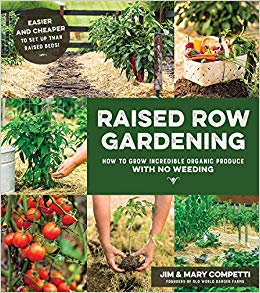 Do you want to grow incredible vegetables with no tilling and with minimal weeding? Is it possible to create a low-maintenance vegetable garden? Wouldn't it be great if it became easier to maintain with each successive growing season? From all the various methods of gardening - traditional in-ground, straw bales, raised beds, pallets, and containers - comes a new (but actually old) way to garden: raised row gardening. Is your interest piqued? Jim and Mary Competti , owners of Old World Garden Farms in Ohio, began to experiment with raised row gardening a few years ago because they didn't have time or money to have a vegetable garden but wanted to grow their own food. The first year resulted in a bountiful harvest. They are such believers in this method that they wrote a book about it. The basics are simple: mulch walking paths heavily and mound the growing rows at least 6 inches high with compost and topsoil and organic matter. To learn more, read the Four Part Series on their website, or get all the details in their book Raised Row Gardening. And you guessed it, we have it here at BGC. Pick up your copy today and start planning! 10/15/2018 1 Comment Grow Your Own GarlicThis cool, autumn air spurs us on to begin to put the garden to bed. As we cut back, clean up, and harvest one more time, we can also be planting. Now is the best time to plant garlic.
Why plant in the fall? The advantages to planting in the fall are huge - as in huge bulbs next August when they are harvested. The extra time they spend in the ground now allows roots to develop longer producing larger cloves for next year. Garlic also needs 30-60 days of cool weather for the single clove to form into a bulb with many cloves. Planting in the fall guarantees the cloves plenty of time to multiply. Try one of these varieties hard neck varieties: Spanish Roja is famous for it's flavor. This purple streaked variety produces 7-13 easy to peel cloves. It's one of the best for our climate. Early Italian Purple is a purple striped large bulb with many cloves. It does well in cold winters and hot summers. Italian Late is a silver skin variety. The cloves are plump and round with extra tight skin that makes it good for storage. It matures later than other varieties. German Red garlic is a large bulb with 8-12 cloves that are easy to peel. It has a strong, hot spicy flavor. 5/9/2014 3 Comments Vertical GardeningThere are plenty of ways to garden in a small space: grow in containers, choose compact varieties, and grow up with trellises and obelisks. Let's not neglect the most obvious vertical space - walls! Below are a few options that we are offering at BGC this year: Plant in a pocket (above left). Woolly Pockets are made of recycled materials, can be used indoors and outdoors. They are great for herbs, salad greens, strawberries, and annuals. The framed succulents are planted in a self-contained watering system from Bright Green designed for indoor use as well as outdoors. Available in stained walnut or paintable frame. The planter with colorful annuals is a Pamela Crawford Vertical Garden. Easy to mount and easy to plant. It works well with annuals and herbs. This vertical garden from Gronomics is a true space saver. It's made from rot-resistant cedar and comes with a drip-irrigation system. We planted it with salad greens, herbs, pansies, and even tomatoes! The photo on the right was taken one month after planting. It's time to harvest!
* All of the vertical garden systems are easily mounted on a wall. An old door would work well, too. 4/30/2014 1 Comment One Potato, Blue PotatoOrganic fingerling seed potatoes have just arrived! Grown without any chemicals to prohibit sprouting so many do have sprouts. According to the grower, if you break sprouts off, it will take longer for the vines to emerge and the number of vines will increase which results in a smaller sized potato. Who knew?!
More great growing tips: * Leave at least two eyes on each seed potato. * If cutting them, let them heal for a day before planting. * Dust seed potatoes with sulfur to prevent fungus and diseases. * Add humus or compost to the soil before planting which adds organic matter and nutrients. * Potatoes grow best when soil pH is 5.2-6.8. They also respond to calcium, so adding gypsum to the planting hole is recommended. * Potatoes can rot if the soil is too cold. The ideal soil temp for planting is 55-70 degrees. * To plant, dig a trench 6-8" deep; space seed potatoes 12" apart; cover with 3-4" of soil. * Hilling: when the plants are about 8" high, cover them about half way with soil or straw. Repeat in about 2 weeks and again in another 2 weeks. This loose medium is where the tubers will develop. * Fertilize using fish emulsion as a foliar spray every two weeks until they flower. * Harvest when the greens are brown or killed by a heavy frost. Waiting this long will result in bigger and better tasting potatoes. Blue Potatoes 'All Blue' is a fingerling that has deep blue skin and blue flesh - it really is all blue! It has a rich taste. Keep them blue by not over-cooking and add vinegar to the water. Stop in and see all our varieties of fingerling potatoes. Recipes Feeding Your Family is a blog by a Wisconsin family and features delicious recipes for fingerling potatoes. 4/24/2014 0 Comments Grafted TomatoesThere's something new in the world of tomatoes - something big that we haven't seen since the 20's and 30's when tomato hybridizing began. Grafted tomatoes have roused the interest of many gardeners. The Europeans have been grafting tomatoes for decades, but it's relatively new to American gardeners.
What is a grafted tomato and what makes it better? It's two plants fused together to make one better plant. Many of our favorite heirloom varieties, like Brandywine, are not very disease resistant and fruit later in the season. By grafting Brandywine to the root stock of a hardier variety, they now are more disease resistant. This can be a huge benefit for those gardeners short on space and can't rotate their crops. Grafted tomatoes also fruit earlier and longer into the season, and offer higher production rates (up to 50% more). Their extensive root system, makes the plants more drought tolerant but may not perform their best when grown in a container. Planting tips: 1. When planting, keep the graft above the soil level. This is the most important thing to remember. Typically we plant tomato seedlings deeply to encourage a strong root and support system. That's not necessary with grafted tomatoes. The roots of the root stock can spread to over 6 feet! 2. Actively prune it throughout the season. These plants are vigorous and grow quickly. Keeping it pruned will send more energy to fruit production. 3. Cage it or stake it to keep it off the ground. Don't let the bushy plants ramble all over the ground as the vines will root in and ruin the effectiveness of the root stock. 4. Remove any suckers that might form below the graft or roots that appear above the graft. We are offering the following grafted varieties this season: Big Beef, Brandywine, Early Girl, Mortgage Lifter, San Marzano, and Sun Sugar Cherry. |
|
|
STORE INFO
5205 Mormon Road Burlington, WI 53105 262.763.2153 |

